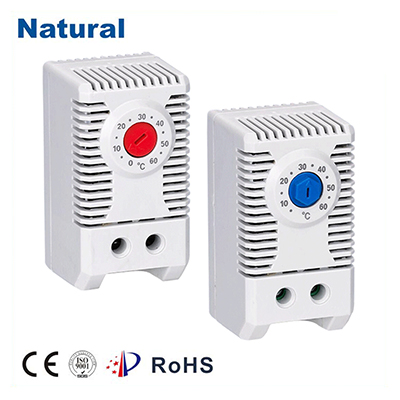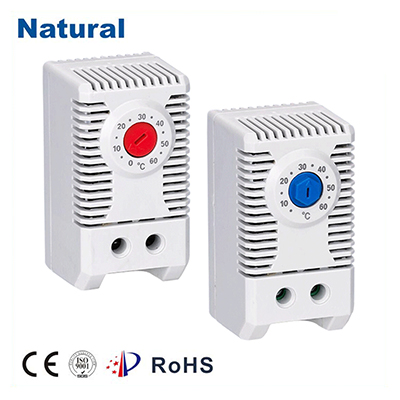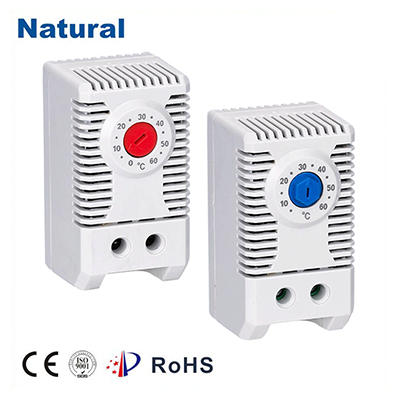In our daily lives, temperature regulation is a crucial aspect that affects comfort, efficiency, and safety. One of the most common devices used for this purpose is the contact thermostat. This article will explore the functionality, types, applications, and advantages of contact thermostats, highlighting their significance in modern temperature control systems.

What is a Contact Thermostat?

A contact thermostat is an electromechanical device that regulates temperature by controlling the operation of heating and cooling systems. It functions by opening or closing electrical contacts based on the ambient temperature, allowing the system to either activate or deactivate as needed. The primary goal of a contact thermostat is to maintain a desired setpoint temperature, ensuring optimal comfort and energy efficiency. The basic design of a contact thermostat includes a sensing element, typically a bimetallic strip or thermistor, which detects temperature changes. When the temperature exceeds or falls below the predetermined threshold, the thermostat activates its contacts, either completing or interrupting the circuit to the connected heating or cooling system.
